What muscles do squats work?
What muscles do squats work, and how do you know you’re doing them right? We asked the experts
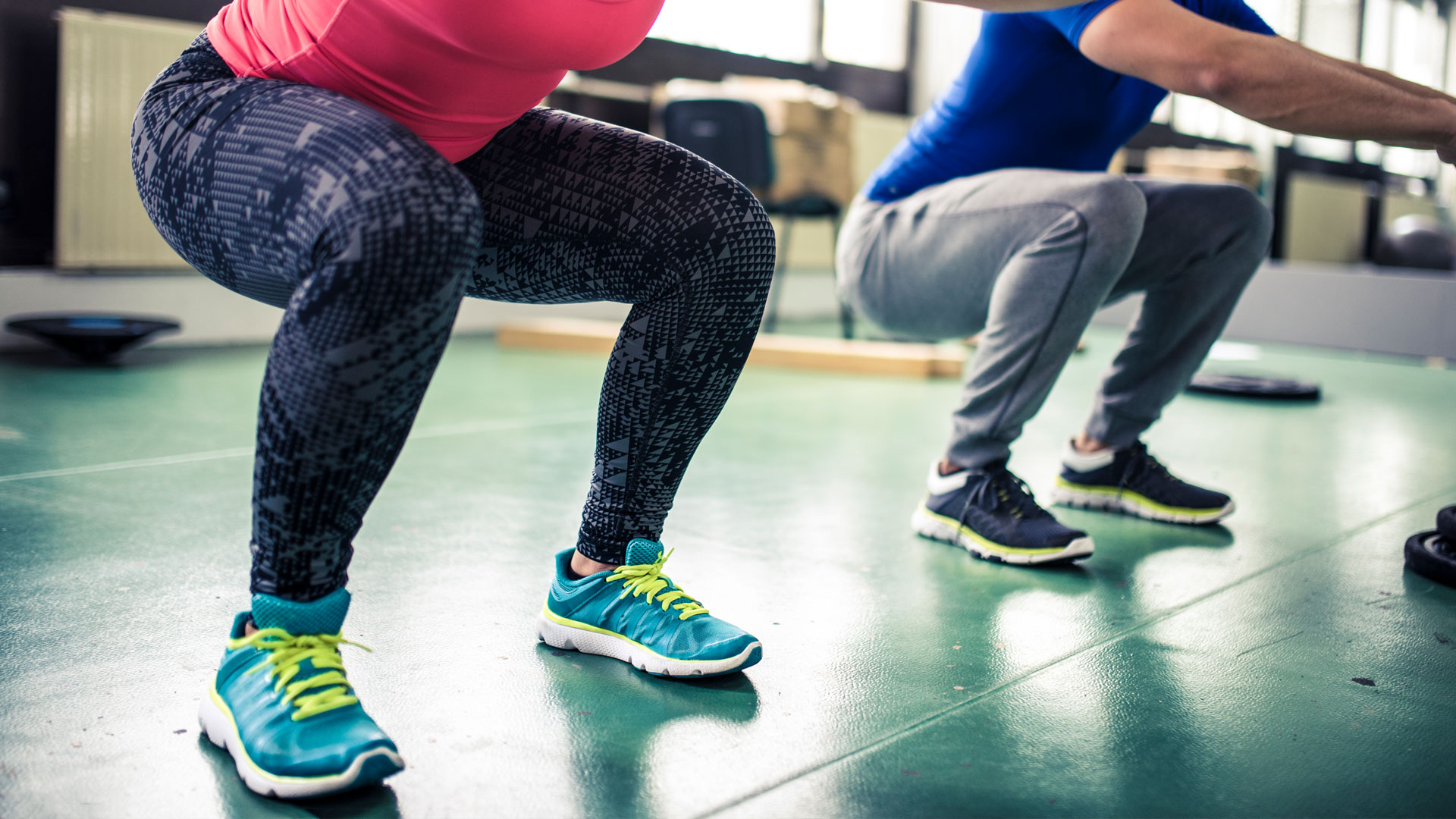

What muscles do squats work? Squats are known as compound exercises. That means that you need to use more than one muscle group at a time during the exercise.
If you’ve learned how to do squats, you’ll feel them targeting several muscles in the lower and upper body, including your glutes, quads, calves, and core muscles too.
This form of compound exercise has lots of benefits. They save you time and effort working different muscles separately, and they burn more calories. A study published in Frontiers in Physiology, which analyzed 36 physically active males, also found that compound exercises that worked multiple joints, including squats, were more efficient than single-joint exercises when it came to improving muscle strength and maximizing oxygen flow.
The series of movements we make during a squat mirror those we make in everyday life, such as taking the stairs, walking, sitting down, and standing up. Having to do all these movements at the same time though is a little trickier!
We’ve spoken to registered physiotherapist and founder of Physio Fast Online, Katie Knapton, for her take on the key benefits of doing squats, plus how they can help with flexibility, strength, coordination, and balance.
We’ll also take a look at some common mistakes we all make when doing squats, and Knapton gives us some tips on how to avoid them, and correct your form.
And to keep those joints working smoothly during your squats, our guide to the best supplements for joints has some great options to help ease pain and prevent inflammation.
Get the Fit&Well Newsletter
Start your week with achievable workout ideas, health tips and wellbeing advice in your inbox.
What muscles do squats work in the body?
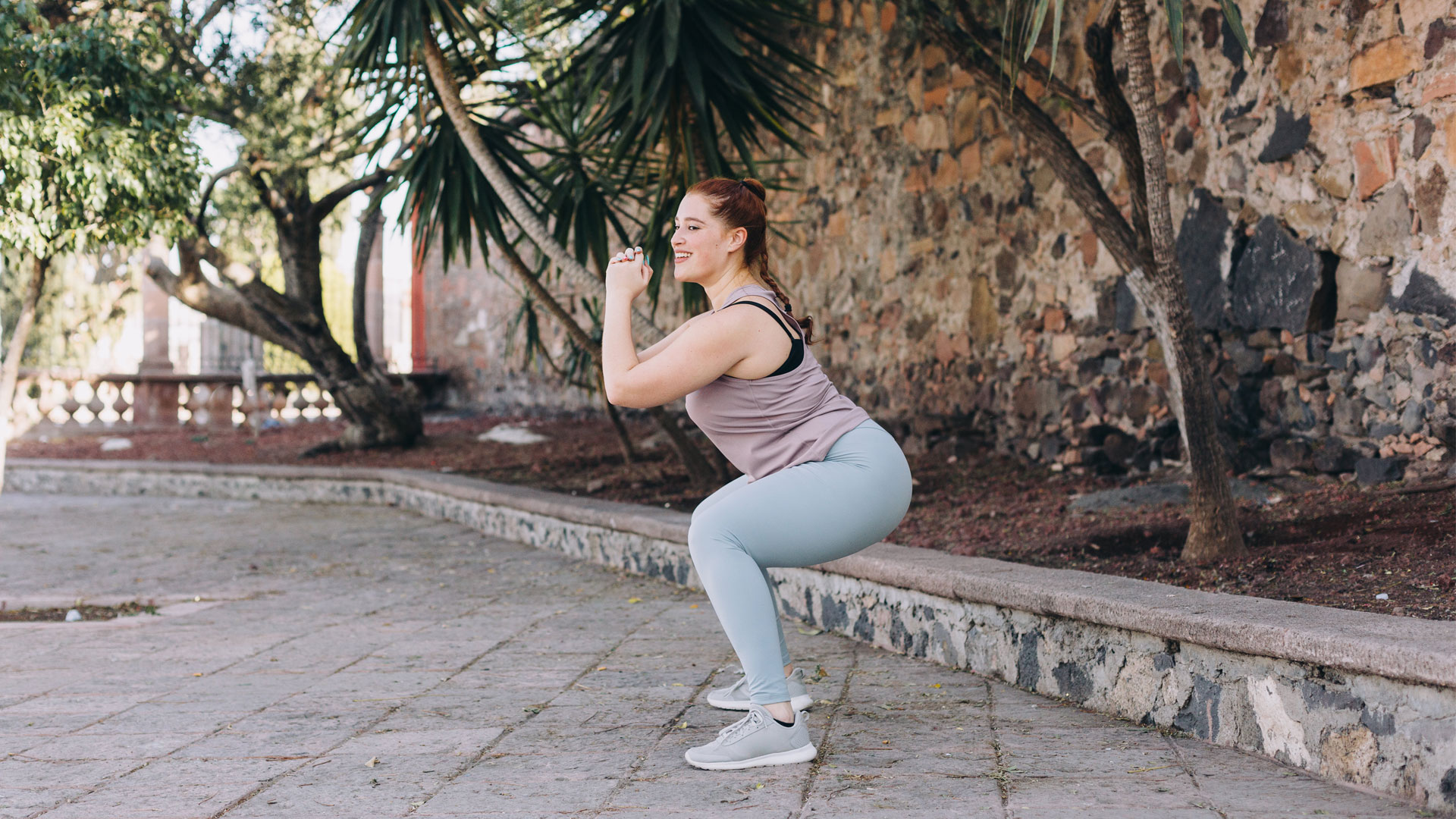
The squat is one of the most effective physical exercises, targeting a suite of muscles in the core and the lower body. That’s also the reason why they’re one of the hardest exercises you can do. The truth is, if you’re not feeling the burn in your core, as well as your legs and buttocks, you may not be doing the squat properly.
In the lower body, the squat targets the following muscles in your:
- Buttocks: Including the gluteus maximus, minimus, and medius.
- Thighs: The front quadriceps, extending to the knee, and the back hamstrings.
- Groin: Those deep inner thigh muscles known as the abductor longus muscles.
- Hips: Located at the top of the thigh, the hip flexors allow you to move and bend your hips.
- Calves: The calf muscles are one of the largest muscles in the leg.
Not only that, but they can also increase your mobility. Founder of Physio Fast Online, and registered physiotherapist Katie Knapton has more. “Squats are a great exercise, a basic bodyweight squat is easy to perform with no specialist equipment or space required. They can increase hip mobility, calf muscle length, and increase the range of motion in the ankle and knee.”
While all these muscles are contracting below, your core is working hard up above to maintain a neutral back, a lifted chest, and helping you to keep your balance.
The specific core muscles that squats targets include the:
- Rectus abdominis: Otherwise known as the six-pack muscles.
- Obliques: The internal and external muscles at the outer side of the core that help you to bend and rotate.
- Transverse abdominis: The deepest layer of abdominal muscle.
- Erector spinae: The three groups of muscles that support your back and help you to arch, twist and bend.
Depending on your chosen squat technique and whether you include weight lifting, you may also work your shoulder muscles, triceps, biceps, and pectoral muscles.
According to Knapton, squats can help you to improve in other areas of fitness. “They are a great exercise to gain significant strength in the lower body and core, from which any other sporting activity will benefit, improving your ability and potentially reducing the tendency for injury. They are also a great calorie burner.”
Common squat mistakes and how to avoid them
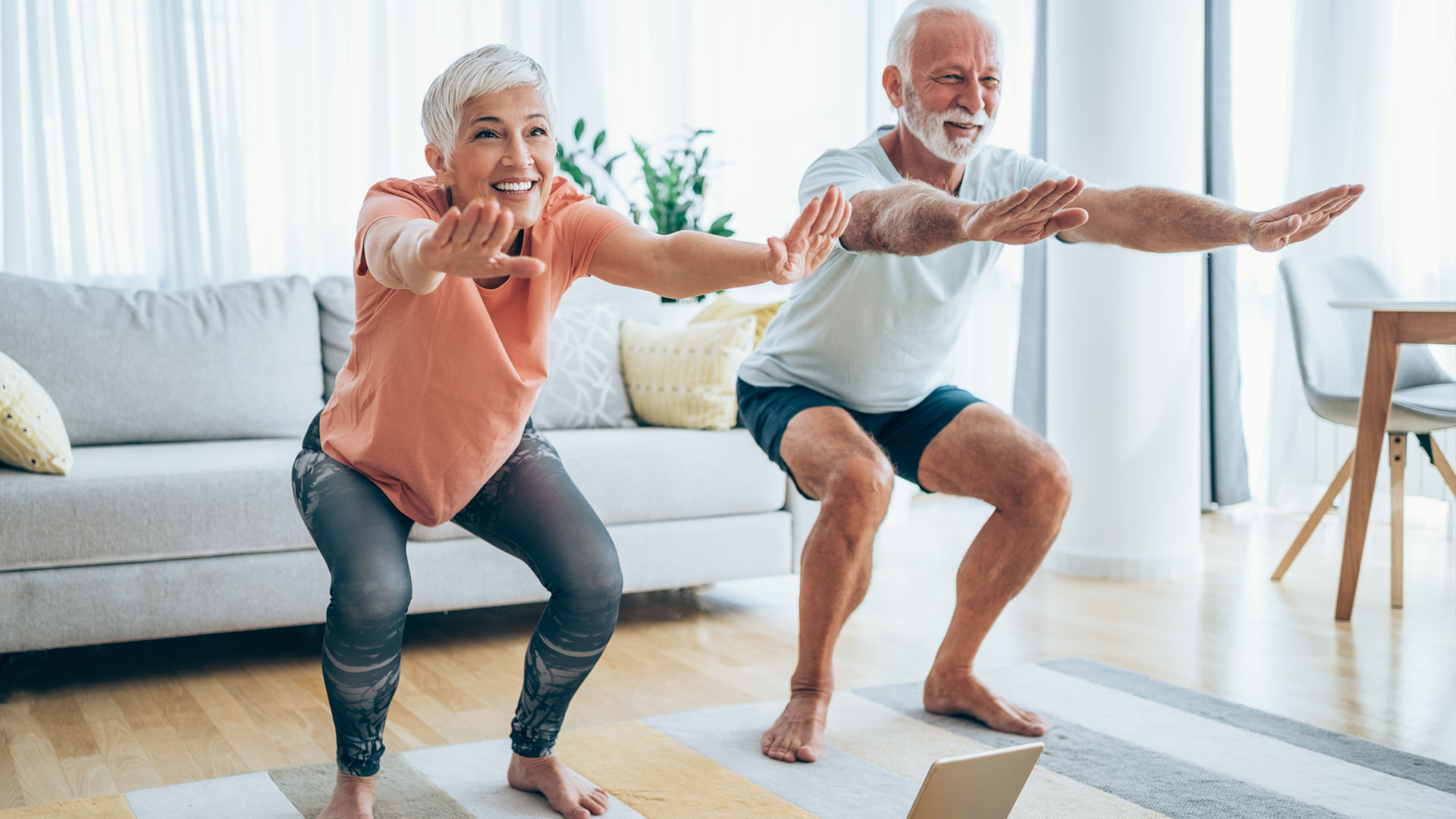
There are a number of key mistakes people tend to make when practicing the squat. These include:
Poor technique and control
Knapton advises taking it slowly. “The key is to stay within your comfort zone. If you’re not used to any form of activity, start slowly. Control is key rather than speed, so you are engaging the muscles and not overstraining joints.”
Overarching the back
Aim to keep the back as neutral as you can. If you overarch, you’ll put too much pressure on the spine and neck, which can cause back pain and injury.
Not lifting the chest
Not keeping the chest lifted, especially when squatting with weights, can result in injury too, as it’s harder to get back up from a squat with the chest pointing downwards.
Harvard Health also cites extending the knees beyond the toes, overextending the arms, and turning the knees and toes inwards, as common mistakes people often make during squats.
Can anyone do squats?
Like most fitness experts and physiotherapists, Knapton agrees that squats can be for everyone - as long as you have good form.
“As a squat is a great functional exercise that uses the same muscles you need for sitting to standing, there is no reason to exclude anyone.” However, she does warn people who experience pain during their squats to avoid doing them.
For people who are new to squats, or have joint stiffness, Knapton says it may be necessary to modify the squat depth slightly. “Often you can introduce a 1/4 squat or a wall squat to start with and then build on these, increasing the depth as your muscles strengthen.
“If you have hip problems, though, don’t go too low, as it’s likely to aggravate hip symptoms and potentially cause more issues.”
If you find balancing during a squat difficult, Knapton advises making sure the surrounding environment is safe, and start by holding onto something sturdy, such as the edge of the kitchen sink, or a table-top.
If you’re looking for more, find out what 100 squats a day for one month will do to your body.
Joanne Lewsley is a freelance health and lifestyle writer who specializes in evidence-based content. She is a regular contributor to Live Science, Medical News Today, and Fit&Well.
Joanne has worked for some of the web’s biggest brands, including BabyCentre UK, BBC and Lastminute.com. She has also worked with ITV, Sky and Channel 5 in launching flagship TV websites to support broadcaster content.
Previously UK editor at parenting site BabyCentre UK, Joanne led a team of editors and freelance writers to create award-winning health content.
Moving to freelance has allowed Joanne to explore and develop her passion and expertise in creating health, wellness and lifestyle content that is clear, easy to read and based on solid evidence.
She also regularly reviews health and wellness gadgets and tech for a fleet of websites, including Top Ten Reviews and LiveScience.
As well as creating long-form content, Joanne has a keen news sub-editor’s eye, creating compelling news headlines and packages for breaking news on the AOL and Yahoo websites.
In her spare time, she loves visiting the Norfolk Broads close to her home in Norwich, trying to break the 5k barrier on her running, and indulging in her love of live music.
-
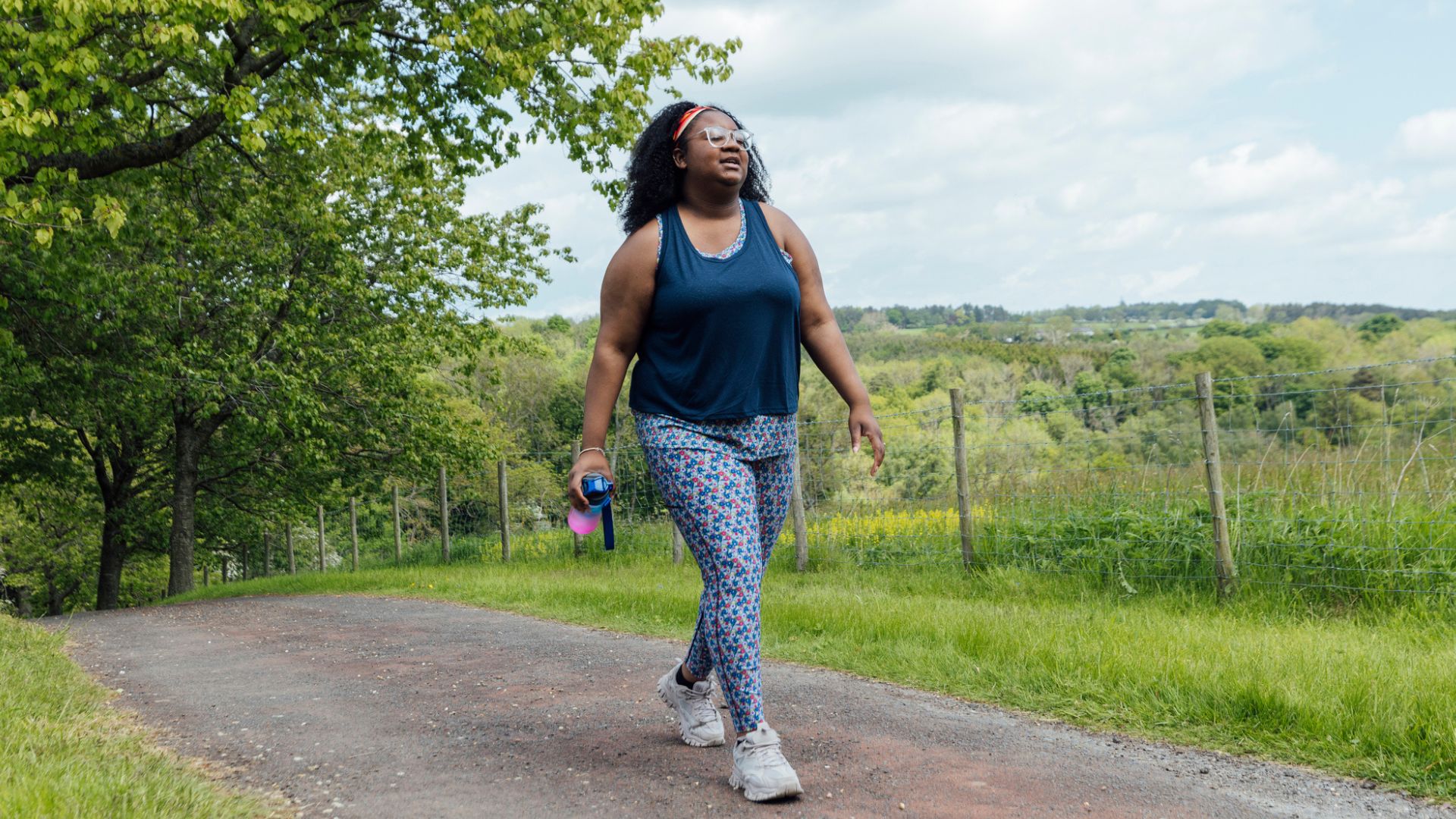 A walking coach says this exercise trend can help you hit 10,000 steps a day—here's how
A walking coach says this exercise trend can help you hit 10,000 steps a day—here's howThe 666 walking trend could get you to your target
By Lou Mudge
-
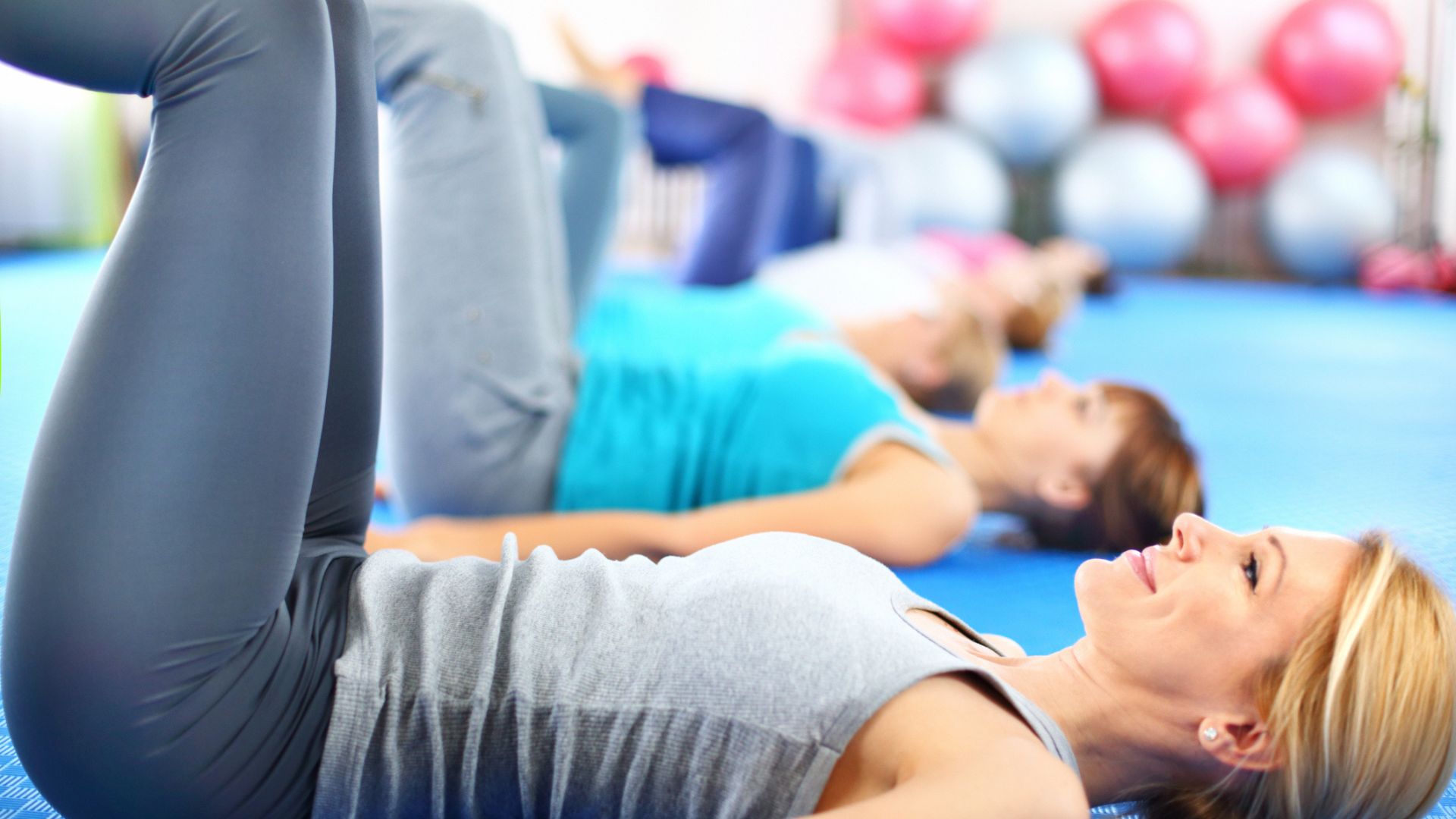 A Pilates instructor says this is the beginner-friendly core exercise everyone should try
A Pilates instructor says this is the beginner-friendly core exercise everyone should tryForget crunches, this is the perfect foundation move
By Alice Porter